
A strong core does more than just define your abs—it plays an important role in keeping your back healthy and pain-free. Everyday activities, posture, and mobility all depend on how well your core muscles support your spine. The right workouts can ease discomfort and enhance overall strength. Ready to give your back the support it deserves? Here are 10 workouts you should try.
Dead Bug
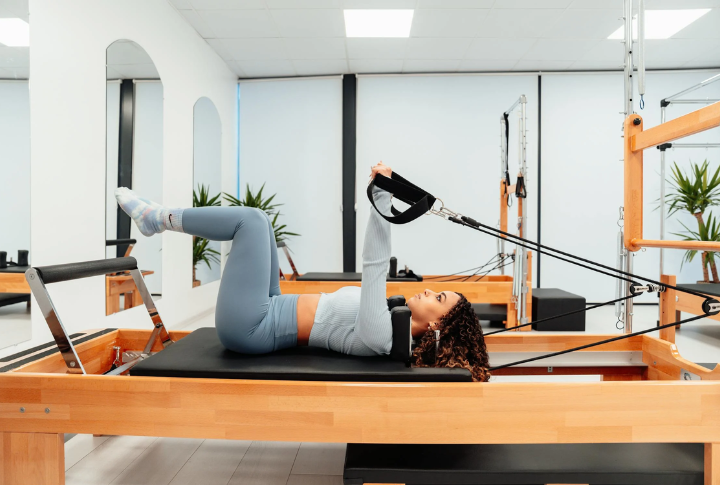
A strong core is essential for stability and posture. The exercise is a highly effective movement that targets deep core muscles while minimizing spinal stress. Lie on your back, bend your knees, and raise your arms to begin the exercise. Then, lower the opposite arm and leg simultaneously, keeping your core engaged throughout.
Pelvic Tilts

Start by lying on your back with your knees bent and feet flat on the ground, then gently tilt your pelvis to flatten your lower back against the floor. This simple motion activates your core and supports spinal alignment. Harvard Health notes it improves lumbar flexibility and eases stiffness, making it a reliable way to reduce lower back discomfort over time.
Bird Dog
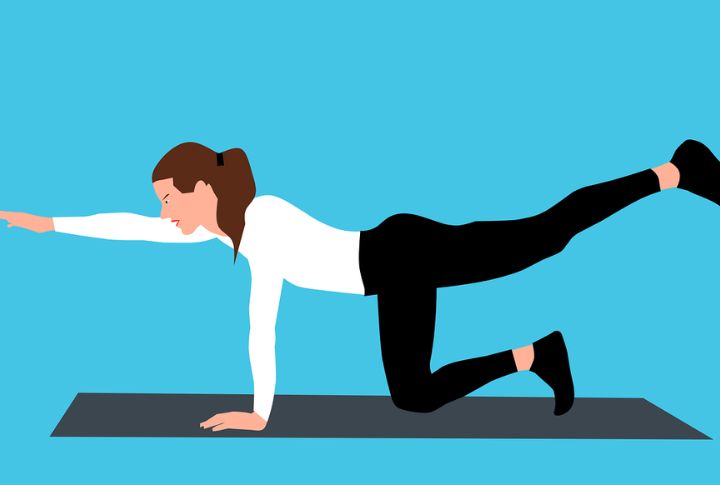
Begin on all fours, then extend one arm forward and the opposite leg backward, maintaining your balance. This move sharpens coordination and engages deep trunk muscles. By staying steady and controlled, you train the body to move with more control, easing tension around the spine and improving body mechanics.
Plank

Holding a plank position correctly requires strong engagement of the entire core. Start in a forearm plank, and keep your body straight without sagging or arching. Unlike crunches, planks activate multiple muscle groups, including the shoulders, glutes, and lower back. Alternating between forearm and full planks challenges different stabilizers to build better overall core strength.
Side Plank

Lie sideways, placing your elbow beneath your shoulder and stacking your legs. Then, lift your hips until your body is straight. Hold this position and keep your core tight. The side plank targets obliques, improves balance, and strengthens hard-to-reach muscles that help maintain alignment during daily movement.
Glute Bridge
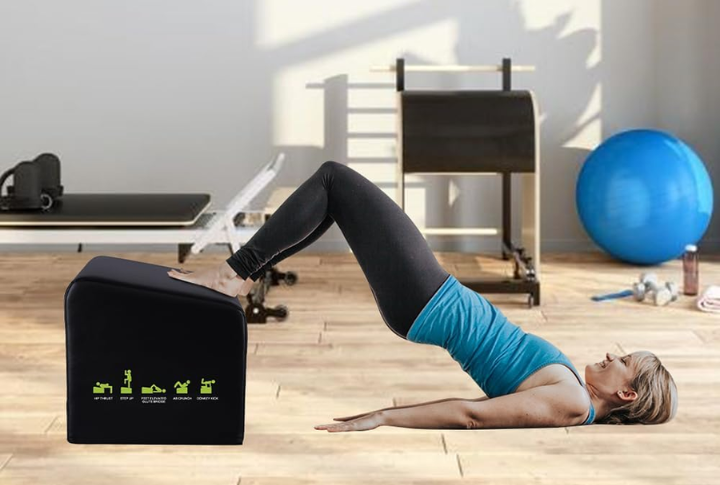
The glute bridge is a simple yet powerful exercise that activates the posterior chain while reinforcing spinal support. First, position yourself on your back with your feet flat and knees bent. Afterward, raise your hips and form a straight line from shoulders to knees. This position will fully engage your glutes.
Seated Knee Tucks
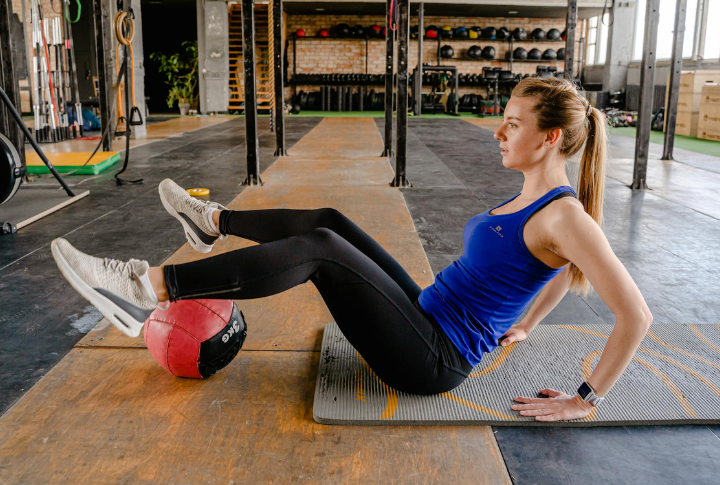
Many people assume that crunches are the best way to strengthen the lower abs, but seated knee tucks offer a safer alternative. To do this exercise, sit on the floor with your legs extended, lean back slightly, lift your feet, and then tuck your knees toward your chest before extending them again.
Stability Ball Rollout

Place your hands on a stability ball while kneeling, then roll it forward slowly, extending your body with a neutral spine. By challenging your balance, the movement engages core muscles more deeply and enhances coordination in your abdominal and lower back regions.
Hanging Leg Raises
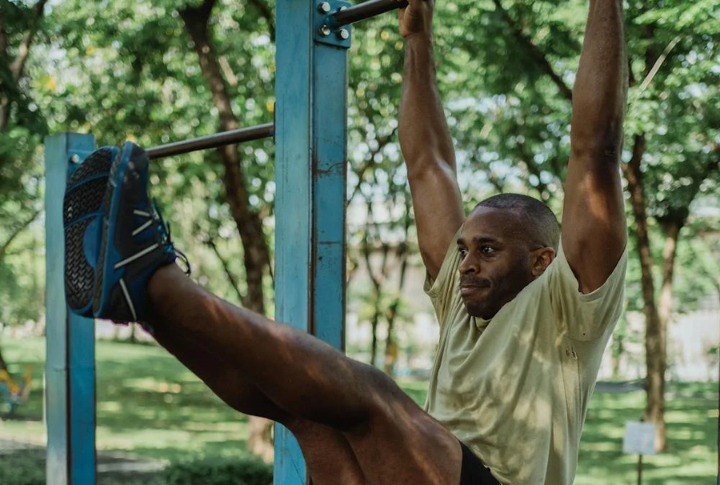
Hanging leg raises effectively target the rectus abdominis and engage the hip flexors. Research from Born to Workout also highlights that this exercise builds the abs without straining the lower back. To do it, hang from a bar, engage your core, and then lift your legs straight up in a slow, controlled movement.
Reverse Crunch

Lie on your back and lift your legs, curling your hips upward with control. The movement targets the lower abdominal muscles by emphasizing slow, deliberate contractions instead of momentum. It also promotes better balance and stability and helps reduce pressure on the lower back.
